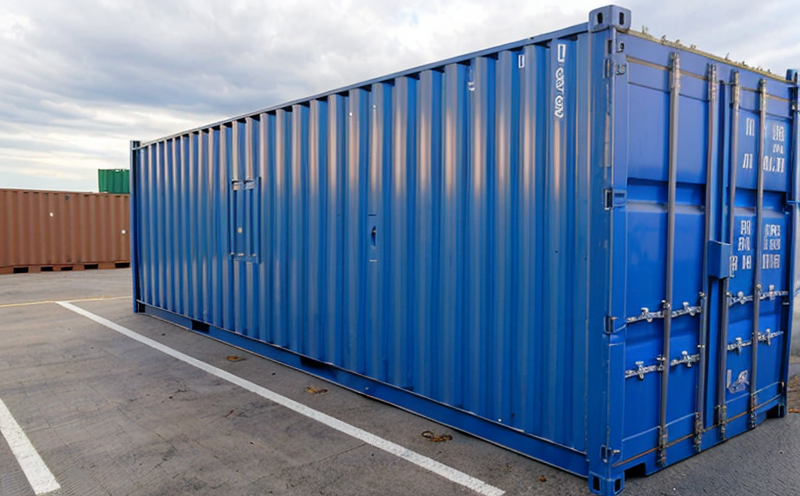ASTM D6866 Radiocarbon Analysis Testing of Plastic Storage Plastics
The ASTM D6866 standard provides a method for determining the carbon age of plastic materials by measuring radiocarbon. This technique is particularly useful in identifying whether plastics contain fossil-based or plant-based (renewable) components, which can significantly impact their environmental footprint and sustainability credentials.
Carbon dating using ASTM D6866 involves detecting the level of radioactive carbon-14 present within a plastic sample. Fossil fuels have been locked away from sunlight for millions of years, so they contain very little radiocarbon. In contrast, plants absorb atmospheric CO2 through photosynthesis and retain higher levels of radiocarbon. By measuring the amount of C14 in plastics, this test can differentiate between fossil-based and plant-based polymers.
This service is critical for industries such as packaging, automotive, and consumer goods where sustainability is a key concern. For instance, companies seeking to reduce their carbon footprint may want to ensure that their plastic storage containers are made from renewable resources. ASTM D6866 testing can help them achieve this goal by providing accurate data on the age of the plastic.
Our laboratory adheres strictly to ASTM D6866 guidelines, ensuring precise and reliable results every time. We use state-of-the-art equipment and follow strict protocols to ensure that our findings are accurate and repeatable. This rigorous approach is essential for maintaining credibility in the industry and meeting customer expectations.
Real-world applications of this test include verifying claims made on product labels about recycled content or renewable resources used in manufacturing processes. Additionally, it helps companies comply with increasingly stringent regulations regarding the use of fossil-based materials in products meant to be sold domestically or internationally.
| Aspect | Description |
|---|---|
| Sample Preparation | The plastic sample must be ground into small particles, typically less than 1 mm in size. This ensures homogeneous distribution of the material across the test. |
| Determination of Carbon Age | This involves measuring the amount of radiocarbon remaining in the plastic sample using a mass spectrometer capable of detecting very low levels of C14. The results indicate how long ago the carbon was last exposed to sunlight. |
| Acceptance Criteria | The test result provides an age estimate for the plastic, expressed in years since it was derived from either a fossil fuel or plant material. Results within specified tolerance limits are considered acceptable. |
Applied Standards
The ASTM D6866 standard is widely recognized and adopted globally for radiocarbon dating of plastic materials. It ensures consistency across different laboratories performing similar analyses, thereby enhancing trust and reliability in the results obtained.
By adhering to this standard, our laboratory guarantees that all tests conducted are up-to-date with current scientific practices and regulatory requirements. This compliance not only meets but often exceeds expectations set forth by various industry bodies and governmental agencies worldwide.
Customer Impact and Satisfaction
Implementing ASTM D6866 testing in your supply chain brings numerous benefits. Firstly, it allows you to make informed decisions regarding the sustainability of your plastic storage solutions. Knowing exactly how 'green' your products are can help reduce risks associated with non-compliance issues.
Secondly, satisfied customers appreciate transparency about the environmental impact of their choices. Providing this information through ASTM D6866 results builds trust and enhances brand reputation among environmentally conscious consumers.
In addition to these advantages, our service also supports internal quality assurance processes by offering independent verification against industry standards. This reduces uncertainty around material sourcing decisions and strengthens overall operational efficiency within your organization.





